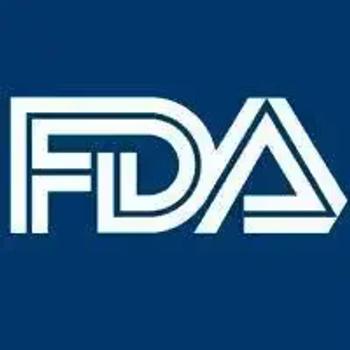
BPH Management: Patient Outcome Evolution
Panelist discusses how patient outcomes have evolved over time with different benign prostatic hyperplasia (BPH) treatments, highlighting improvements in ejaculation preservation, durability, and post procedure complications across various techniques.
Episodes in this series

Video content above is prompted by the following:
Evolution of BPH Treatment Outcomes
Dr Christopher Kelly discusses the evolution of patient outcomes with different benign prostatic hyperplasia (BPH) treatments, particularly focusing on ejaculation preservation and durability.
- Early concerns (2010s): He prioritized ejaculation preservation and found UroLift and Rezūm beneficial for this purpose. However, these treatments lacked long-term durability, leading to earlier retreatment needs.
- Transition to modified TURP and GreenLight: To improve durability, he adopted ejaculation-sparing GreenLight laser and transurethral resection of the prostate (TURP). While ejaculation was better preserved, many patients experienced urinary retention due to residual obstructive tissue, sometimes requiring additional surgery.
- Holmium laser experience: Initially, holmium laser procedures resulted in significant urinary incontinence. However, with technique refinement, incontinence decreased, and patients improved with pelvic floor exercises.
- Aqua ablation (2018 onward): Marked a significant improvement in both ejaculation preservation and durability. Patients experienced minimal need for retreatment even after 5 years, an outcome unmatched by prior techniques.
Dr Kelly highlights aqua ablation as the most effective method for maintaining ejaculation while ensuring long-term treatment success.
Newsletter
Stay current with the latest urology news and practice-changing insights — sign up now for the essential updates every urologist needs.

















